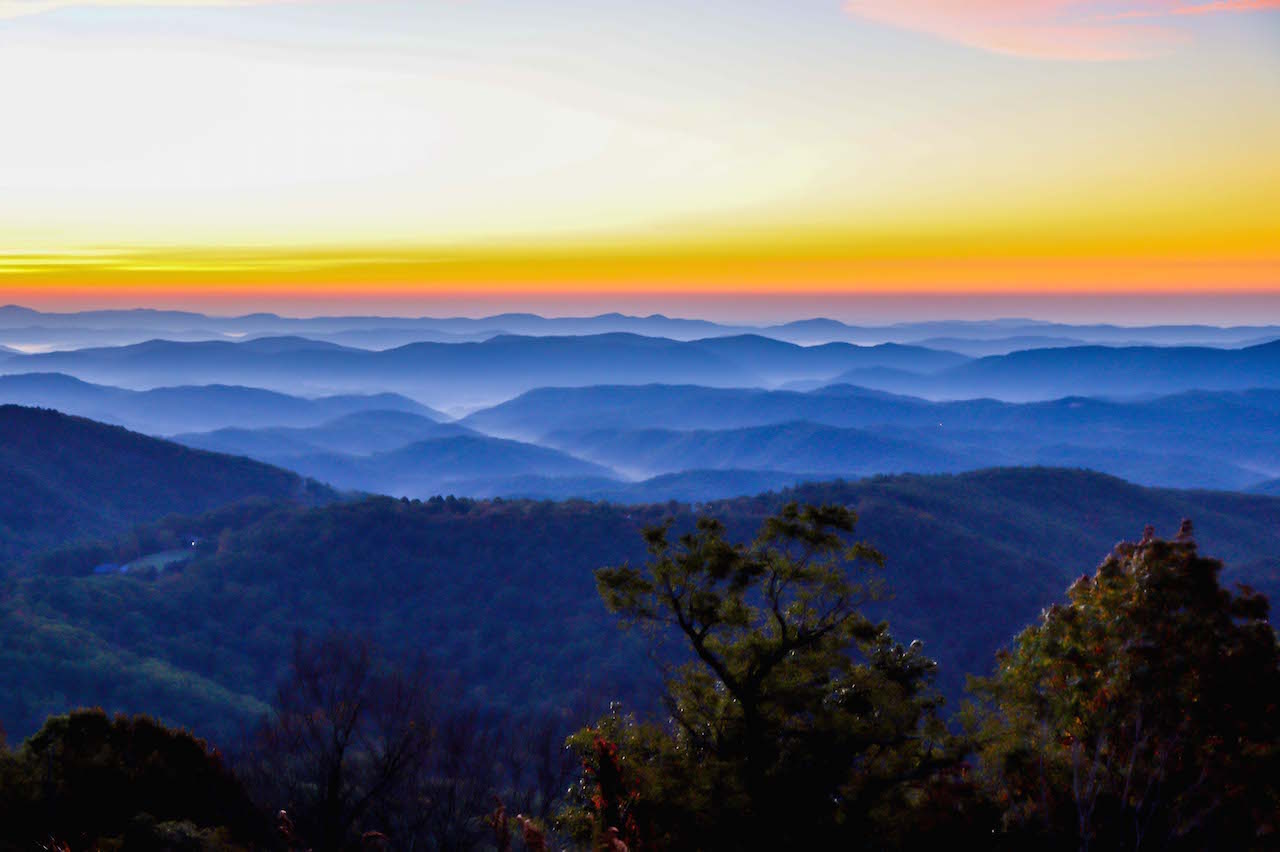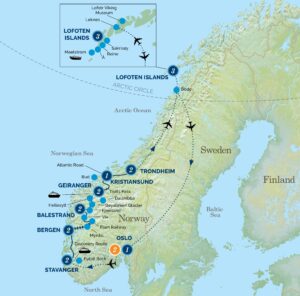1. The Geography of Snow: Russia’s Ceaseless Winter Wonderland
Spanning across eleven time zones and covering more than 17 million square kilometers, Russia boasts a diverse geography, with a significant portion of its land enveloped in snow for much of the year. This vast expanse creates an exceptional winter environment, known for its picturesque landscapes that transform into a sparkling wonderland. The permafrost, a layer of permanently frozen subsoil, occupies about 65% of Russia’s landmass, presenting both unique ecological systems and challenges for human habitation.
Within this snowy canvas lies Siberia, renowned for its brutal winters where temperatures can plummet to -40 degrees Celsius (-40 degrees Fahrenheit). The region is also home to Lake Baikal, the deepest freshwater lake in the world, where breathtaking ice formations can be witnessed. The sheer scale of Russia’s cold deserts creates microclimates teeming with biodiversity, featuring a plethora of flora and fauna specially adapted to survive in such extreme conditions.
2. The Art of Surviving the Cold: Traditional Winter Practices
Given the severe climate, the Russian culture has birthed numerous traditional practices aimed at surviving the bitter cold. One exemplary practice is the creation of dachas—country homes often used for leisure during the summer months, but equally important for winter sustenance. Inhabitants are adept at preserving food, using techniques that have been passed down through generations, such as pickling vegetables and curing fish and meats. This not only ensures a continuous food supply but also preserves cultural culinary traditions.
The age-old custom of banya, or traditional Russian sauna, plays a pivotal role in winter life. Beyond mere relaxation, the banya serves as a communal space where families and friends gather, sharing stories and traditions while they steam away the chill. The banya’s role transcends physical warming; it is also a cultural cornerstone that fosters bonding in those long winter months.
3. A Tapestry of Traditions: Holidays Celebrated in Russia
Winter in Russia is marked by a vibrant tapestry of holidays that celebrate both national heritage and religious customs. Among the most notable is New Year’s Eve, which is arguably more significant than Christmas. Celebrated with lavish feasts, fireworks, and festive decor, families often decorate their ‘New Year trees,’ akin to Christmas trees, inviting merriment to the cold winter nights.
Another key celebration is Maslenitsa, a week-long festival preceding the Lenten season. It features pancakes, an emblematic dish symbolizing the sun, and significant cultural activities, including sledding and snowball fights. This medieval tradition encapsulates the spirit of community and joy, marking the end of winter with vibrancy and conviviality.
4. Russia’s Architectural Marvels: Winter Inspirations
Russia’s architecture reflects the country’s harsh winters and rich cultural heritage. Iconic structures like the Church of the Savior on Spilled Blood in St. Petersburg showcase elaborately designed domes that reflect the glistening ice and snow. Similarly, the Kremlin and Red Square, blanketed in snow during winter, are stunning symbols of Russian resilience and artistry.
In recent years, ice hotels and sculptures have emerged as innovative attractions in various parts of the country. These ephemeral constructions serve as a testament to human creativity and adaptation to extreme weather. Visitors to regions like Murmansk can explore awe-inspiring ice castles and enjoy activities such as ice fishing and northern lights viewing.
5. Cultural Mosaic: Ethnic Diversity Across the Landscape
Russia is a veritable melting pot of cultures, home to over 190 ethnic groups. This diversity is beautifully displayed in the myriad customs, languages, and cuisines that characterize different regions. Among the most distinct are the traditional dress and folk dances of the various ethnic minorities, like the Tatars and the Buryats, who have their unique identities woven into the broader national narrative.
The rich blend of cultures also manifests in culinary diversity. From Siberian pelmeni (dumplings) to Buryat buuza (steamed meat dumplings), each dish tells a story of the land and its people. Festivals often celebrate this rich tapestry, with local dishes taking center stage, allowing participants to indulge in flavors that have been cherished through generations.
6. Nature’s Bounty: Unique Fauna of the Russian Winter
The harsh Russian winters manage to harbor an astonishing variety of wildlife, despite the extreme weather conditions. Species such as the Siberian tiger, once on the brink of extinction, have adapted remarkably to the cold, now finding sanctuary in the Russian Far East. Likewise, the majestic snow leopard prowls the rugged mountain terrains, emblematic of the wild spirit of the Russian wilderness.
Bird migrations also play a compelling role in this ecosystem. During the winter months, birds such as the Siberian jay and various owls reveal their resilience and adaptability in frigid climates. The enduring wildlife further enhances Russia’s cultural connection with nature, underscoring the intricate balance between man and the natural world.
7. Conclusion: The Enduring Spirit of Russia
Russia’s snow-clad expanse and its rich cultural heritage present a unique lens through which one can understand the nation. From traditional practices that arise out of necessity to vibrant celebrations that embrace the harsh winters, Russia showcases a remarkable ability to thrive in adversity. Its diverse customs, architectural wonders, and the breed of resilient fauna encapsulate a deep-rooted spirit that continues to endure, making the cold regions of Russia not just a study in climate but a profound exploration of human and natural endurance.





